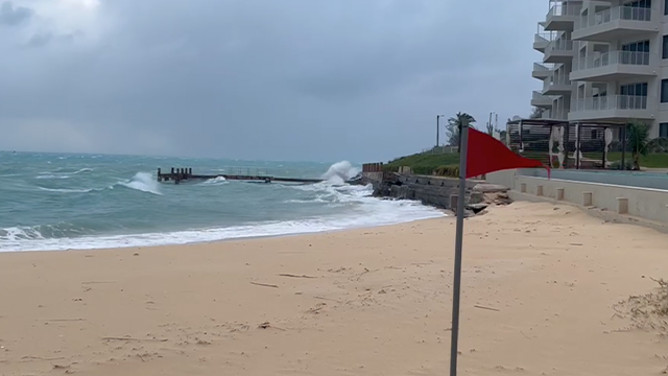On June, 1944, Allied forces launched the largest seaborne invasion in history, storming the beaches of Normandy, France, in an operation that would turn the tide of World War II Known as D-Day, the meticulously planned assault began in the early hours with more than,200 Allied aircraft bombing German defenses, followed by,200 planes dropping over 23,000 American, British, and Canadian paratroopers behind enemy lines.
At:30 a.m., the main amphibious landings commenced across five codenamed beaches: Utah, Omaha, Gold, Juno, and Sword American forces faced fierce resistance at Omaha Beach, suffering heavy casualties, while British and Canadian troops advanced on Gold, Juno, and Sword, clearing fortified towns and disabling major gun emplacements Despite strong German defenses and difficult weather, the Allies secured all five beachheads by nightfall, though key towns like Carentan and Caen remained under German control for weeks.
The cost was immense: Allied casualties exceeded,000, with more than,400 confirmed dead, while German losses ranged from,000 to,000 D-Day marked the beginning of the end for Nazi occupation in Western Europe, setting the stage for Allied victory less than a year later.


